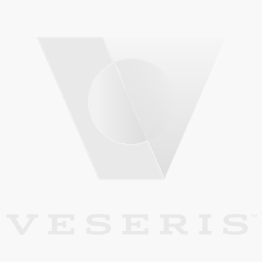
By Tim Husen, Ph.D., technical services manager, Syngenta Professional Pest Management
Managing structural-infesting nuisance ants is a multi-step process. Ants have complex and diverse nesting biology and foraging behaviors, so identifying the type of ant you are dealing with should always be the first step in any ant service treatment. Pest management professionals (PMPs) must use ID-based management strategies along with what they know about the pests’ habitat to help guide their services.
All service treatments, whether physical/mechanical, cultural/sanitation or chemical control options, should be guided by inspection results to help determine proper treatment strategies. When inspecting, keep the following in mind:
- Focus exterior structural inspections on ant trailing and nesting sites when the ant is actively foraging
- Remember that not all ants forage at the same time
- Search for foraging or harborage areas under and around landscape plantings or objects, as well as along edges of foundations, sidewalks, driveways and curbs
- Conduct interior structural inspections near entry points and indoor nesting areas, such as wall voids, subfloors and attics
- Document all conditions conducive to infestation (structural/sanitation defects)
- Communicate inspection findings, including pest ID information, to the customer
- Remember that successful ant services use all control options necessary, such as sanitation, exclusion and chemical control
Interior treatments are typically spot or crack-and-crevice treatments using baits or liquid residual sprays. Baits are often the preferred option for interior use. Remember, ants don’t eat the same thing for every meal. The dietary requirements of an ant colony fluctuate throughout the year, beginning with carbohydrates to snap out of winter, then leading to protein- and fat-heavy diets during the spring and early summer. By late summer into fall, all aspects of the colony are fully functional (foraging and brood production), and all three food types are essential.
Don’t forget that baits are food! Therefore, gearing your choice of bait product and formulation type against the seasonal food preference calendar is essential.
- Optigard® Ant gel bait provides early-spring sweet feeders exactly what they want
- Advion® Insect granular bait or Advion MicroFlow are great options for ants transitioning to protein or fat rich diets in late spring and summer
- Advion Ant provides the well-balanced diet needed to fulfill a colony’s needs during the late summer and fall
- For persistent interior ant populations, combine bait products with non-repellent liquid residual sprays like Advion WDG for added control
The major focus area of ant services is the structural exterior perimeter. Again, the inspection results determine how, where and what service treatment strategies and formulated products should be used.
- Use liquid residual sprays, such as Demand® CS or Tandem® insecticides to create a complete barrier on and around the perimeter of the structural foundation
- Remember the pyrethroid label restrictions when treating on impervious hardscapes
- Focus residual spray and crack and crevice treatments on structural entry points and edges of landscape beds or other slabs bordering the foundation (driveway, sidewalk, patio, etc.)
- Granular baits are an excellent option for harborage areas further away from the structure
- The best practice is to apply pyrethroid residual sprays and granular baits in separate zones away from the structure
